Smart security cameras give peace of mind and control over your home even while you are away. Select the best camera based on the features that fit your security needs. The best devices combine technology and usefulness, from high-quality video to clever deterrents. You'll need a camera that can detect and discourage incursions. Knowing what to look for is crucial when it comes to sophisticated features in low-cost solutions. This article compares the best smart home security camera features to help you decide whether to upgrade or start over.
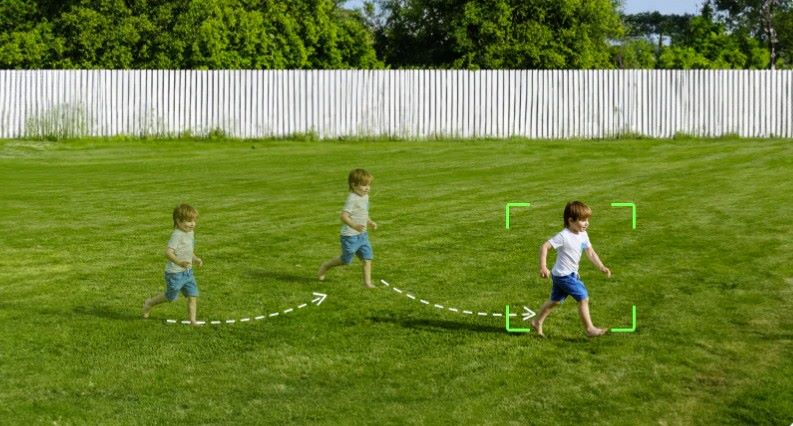
What Features Should You Look for in a Smart Security Camera?
High-Definition Video Quality and Wide-Angle Lens
Clear visuals are vital for distinguishing individuals and activities. Look for cameras with at least 1080p HD resolution, which captures sharp details while reducing motion blur. A wide-angle lens (preferably 120 degrees or more) allows the camera to watch broader areas, such as driveways or backyards, without creating blind spots. This combination guarantees that you receive both detail and coverage. Models with 2K or 4K resolution provide even greater visual clarity, but may require more storage capacity. When combined with digital zoom capabilities, high-resolution and wide-angle lenses may make a significant difference in identifying faces and license plates when it matters.
Night Vision and Low-Light Performance
Effective home security does not sleep at night. Cameras must have infrared (IR) night vision in order to record footage in complete darkness. Some models go a step further with LED-powered color night vision, which provides vivid detail that may be critical during an investigation. Low-light sensors like Starlight and True WDR improve clarity in low-light environments. Placement has an influence on performance as well; avoid pointing directly at light sources as this may cause images to blur. Use cameras that can automatically switch between day and night modes to provide 24/7 visibility. Even when the lights are turned off, these features help keep your home safe.
Two-Way Audio and Noise Cancellation
The camera's speaker and microphone enable two-way communication with visitors, couriers, and intruders. It improves home security by being proactive. High-end versions reduce noise and echo, resulting in better voice clarity. It turns your camera into a real-time communication tool for notifying trespassers or instructing delivery drivers to drop things. Remote communication is reliable when noise reduction improves intelligibility in windy or noisy conditions. This increases security and convenience, especially when you're away and need to respond fast using your mobile app.
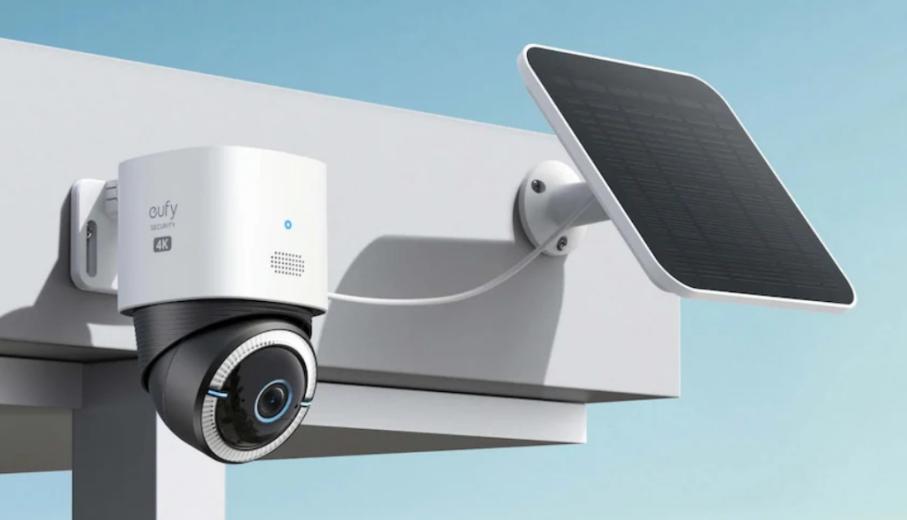
How Do Smart Cameras Detect and Deter Threats?
AI-Powered Motion Detection and Facial Recognition
AI-powered smart cameras detect motion and recognize faces, reducing pet and tree branch alerts. Personalization is enhanced by face recognition, which alerts you to strangers or family members. AI enhances accuracy and allows you to focus on true threats via learning. In certain versions, the camera can monitor critical areas using programmable zones. Intelligent filtering reduces time and storage requirements by collecting only important operations. AI stops your camera from focusing on benign behavior in busy places, resulting in better and more flexible surveillance.
Smart Alerts and Real-Time Notifications
Real-time notifications keep you informed as soon as something happens. When motion or sound is detected, smart cameras provide you with fast notifications via phone or email. You can analyze the situation by viewing the live broadcast or a recorded clip. The finest models enable you to customize alerts, including sensitivity levels, activity zones, and trigger kinds. Some cameras interface with emergency services, allowing you to respond fast. For those seeking a Best Budget Security Camera System, smart alerts are no longer exclusive to high-end models. Timely notifications give you control and reduce the delay between a security breach and your response.
Sirens, Spotlights, and Intruder Deterrents
Built-in sirens and lighting work as active deterrents for invaders. When motion is detected, some cameras automatically activate these features to deter possible attacks. A loud alarm or a bright floodlight might catch burglars off guard. Some systems even allow you to initiate these directly from your app. Visible deterrents also indicate that your house is secure, which may completely dissuade break-ins. Choosing a device with deterrent features provides an additional degree of protection for passive recording. Whether automatic or user-controlled, these capabilities transform your camera from a passive spectator to an active protector of your house.
What Smart Integrations Matter Most?
Compatibility with Alexa and Google
A decent smart security camera should integrate seamlessly into your home's environment. Voice assistants such as Amazon Alexa, Google Assistant let you operate and monitor your camera with easy requests. Integration enables you to display footage on smart screens and automate procedures, such as turning on outdoor lights when activity is detected. This seamless control increases convenience and guarantees that your gadgets function together. Not all cameras are compatible with every platform, so verify before you buy. With robust smart home connectivity, your camera becomes part of a cohesive defensive system, improving both security and usability for your family.
Cloud Storage vs Local Storage Options
Storage determines how and where footage is saved. Cloud storage is ideal for off-site backups and remote film analysis. It may require a subscription. Local SD card or hard drive storage reduces monthly costs, but it risks losing footage if the camera is destroyed or stolen. Some hybrid versions mix the two to provide greater flexibility. Choose based on privacy, cost, and convenience. Local storage provides reliable security without recurring payments for the Best Budget Security Camera System. Choose a camera with adequate storage by weighing cost and accessibility.
App Control, Scheduling, and Privacy Settings
Your smart camera may be controlled using simple smartphone apps. You may arm or disarm the system, see live footage, and examine records from anywhere. Plan camera activities, such as turning it on at work. Strong privacy settings are necessary. Geofencing, two-factor authentication, and video and audio muting are all available. These technologies protect your house and data. Remote security is simple, secure, and efficient for everyday use, owing to an intuitive software interface that optimizes camera performance.
Conclusion
Knowing which aspects are important when selecting a smart home security camera. High-quality video, night vision, and two-way audio enhance visibility and communication. Smart detection, real-time warnings, and deterrents enhance safety. Smart home system integration and diverse storage provide both control and convenience. Whether you need a complex or the best budget security camera system, today's options are incredible. Consider your home, lifestyle, and budget. The right camera provides you peace of mind knowing that your home is protected by sophisticated, responsive technology.

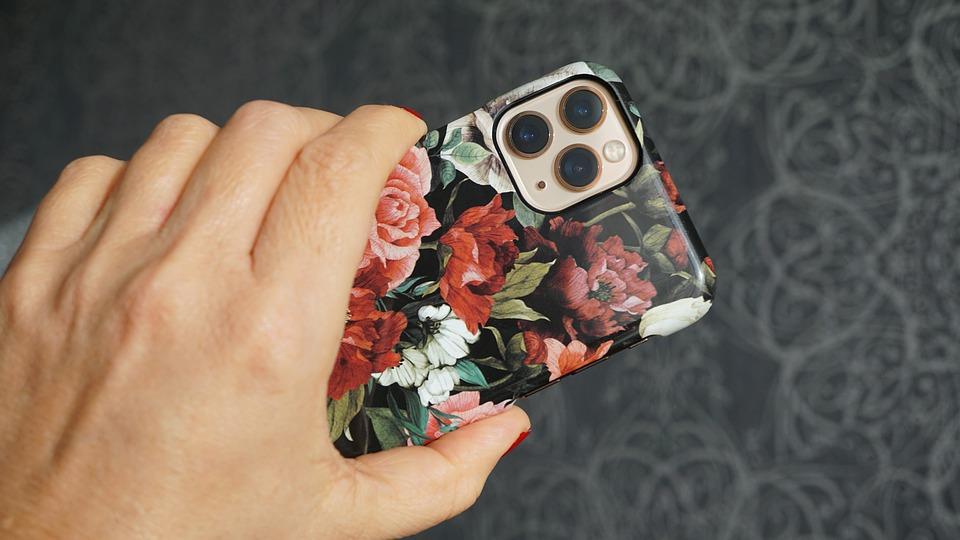
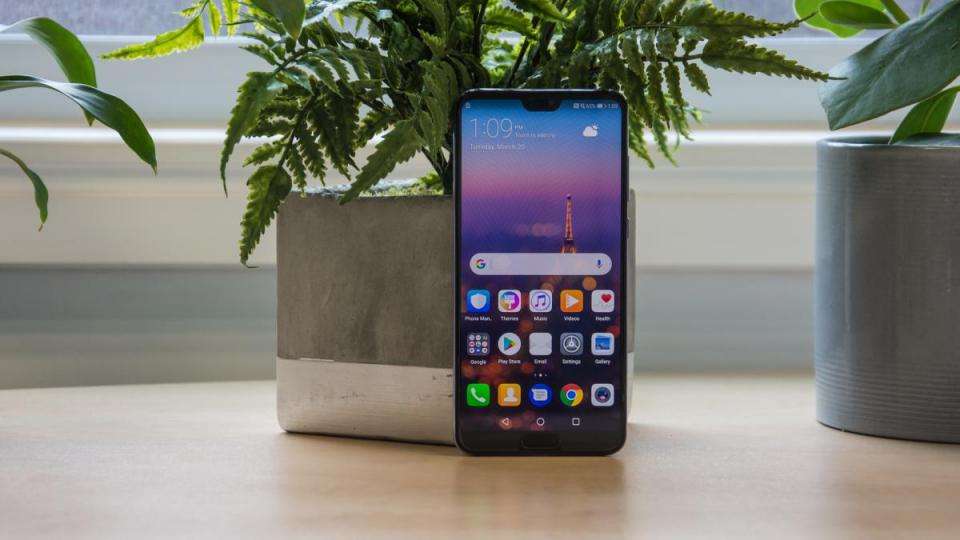
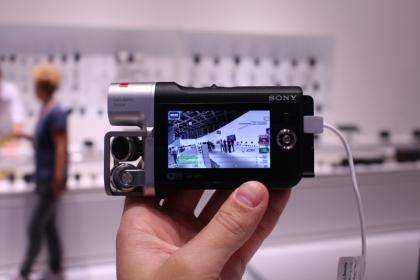
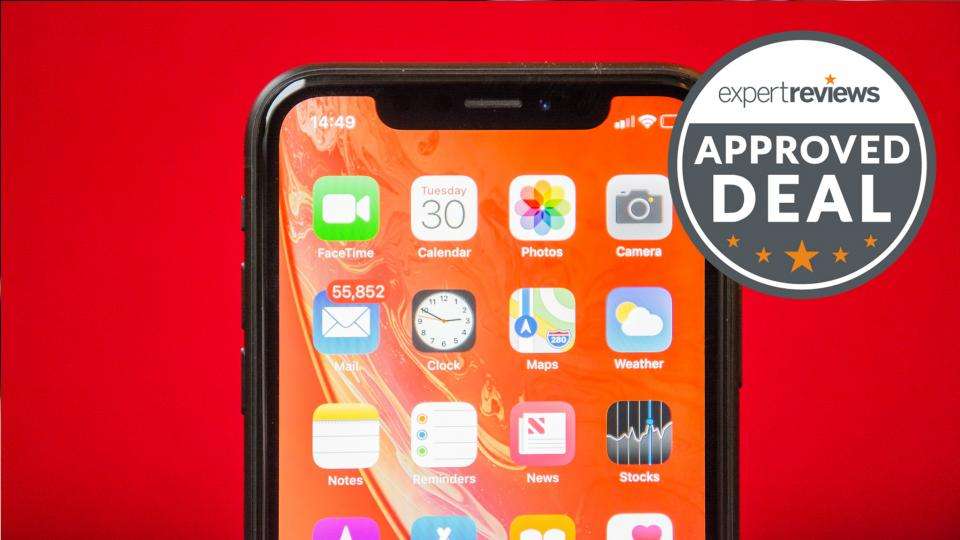
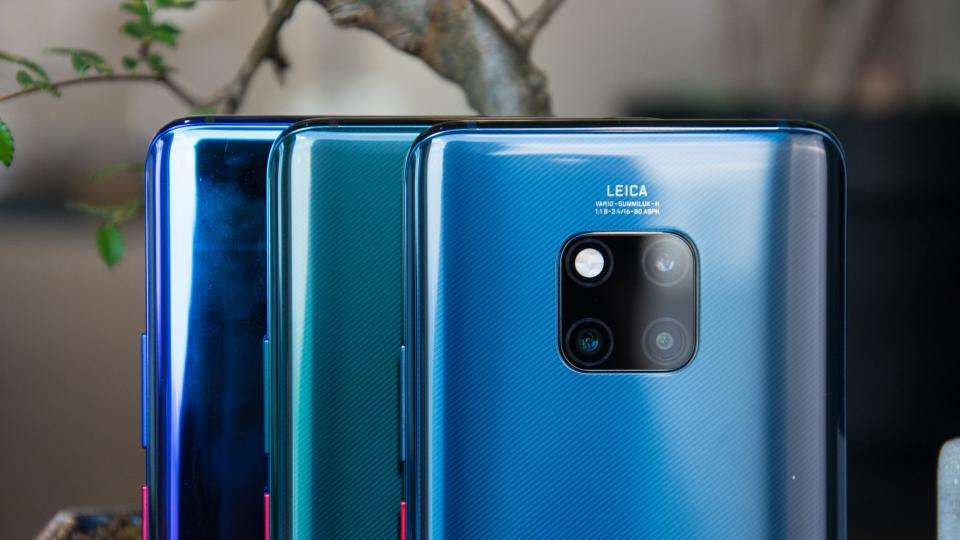
Leave a Reply